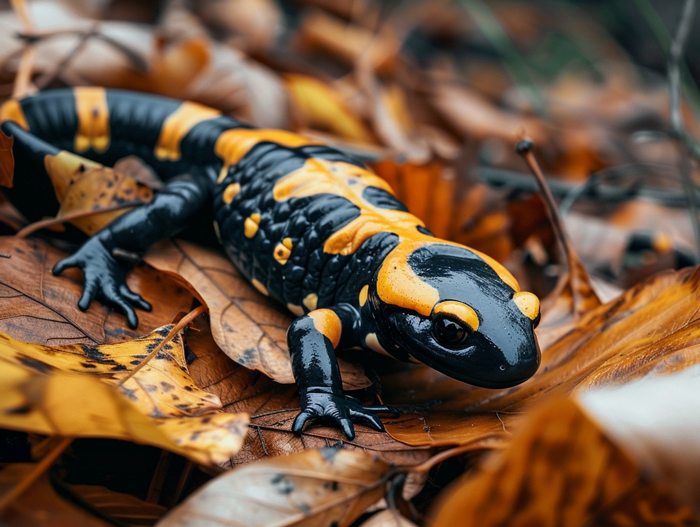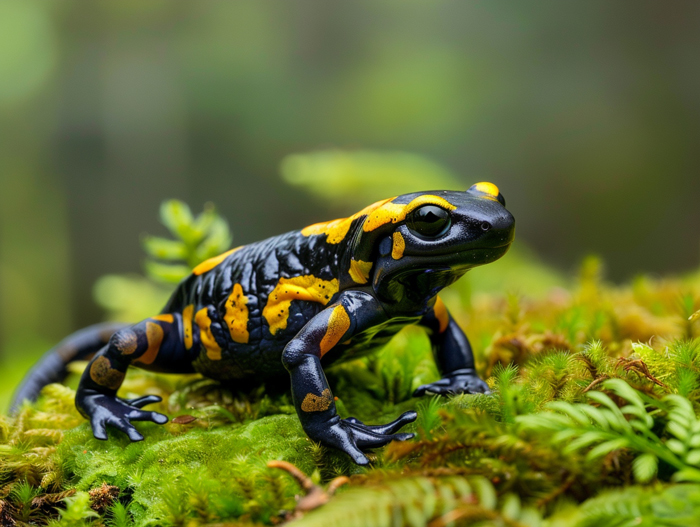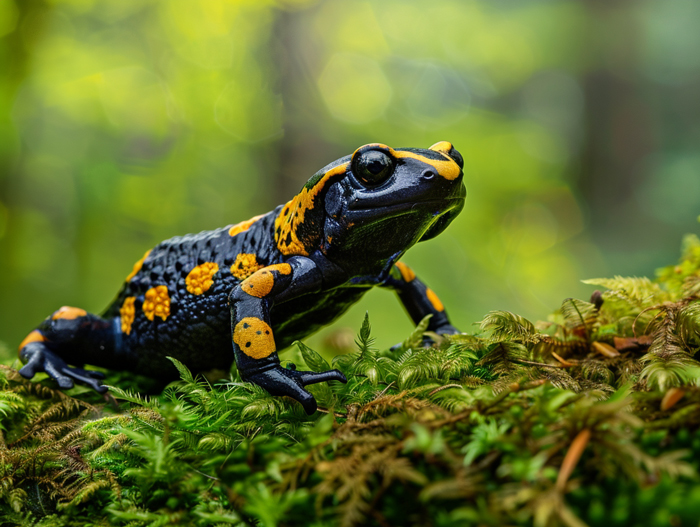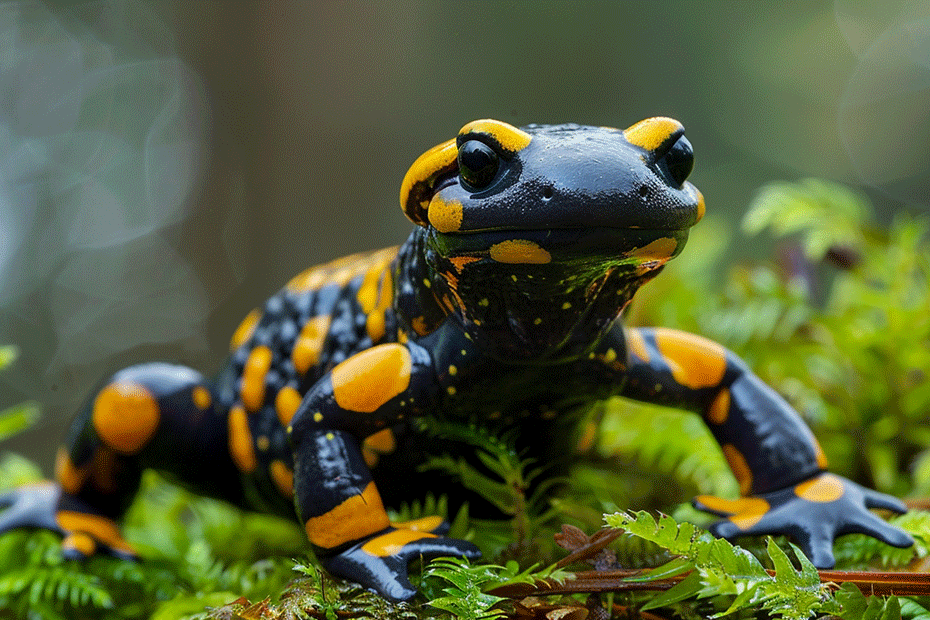Are you curious about whether salamanders have scales? Salamanders are fascinating creatures that are often mistaken for lizards due to their similar appearance. But, there are key differences between the two, including their skin texture. While lizards have scales covering their bodies, salamanders have a unique skin that sets them apart.
Salamanders are known for their smooth, moist skin that lacks scales, making them distinct from reptiles like lizards. This skin texture allows salamanders to breathe through their skin, absorbing oxygen and moisture directly from their environment. Understanding the characteristics of a salamander’s skin can provide valuable insights into their habitat, behavior, and evolutionary adaptations.
In this text, we’ll investigate into the world of salamanders and explore the reasons behind their lack of scales. By uncovering the truth about salamander skin, you’ll gain a deeper appreciation for these incredible amphibians and the remarkable features that make them unique in the animal kingdom.
Key Takeaways
- Salamanders have moist, smooth skin lacking scales, enabling them to breathe and absorb moisture through their skin.
- Their skin texture aids in gas exchange, highlighting their unique adaptation and distinguishes them from reptiles like lizards.
- Salamanders exhibit a wide variety of colorations, serving as camouflage and blending into their environments.
- Unlike most reptiles, salamanders lack scales on their skin, making them stand out in the reptilian world.
- Salamanders showcase remarkable evolutionary adaptations such as tail regeneration, diverse habitats, unique sensory organs, and size variability.
- Understanding these adaptations sheds light on the exceptional features that set salamanders apart in the animal kingdom.
Physical Characteristics of Salamanders

Skin Texture of Salamanders
Salamanders have moist, smooth skin that lacks scales, unlike lizards.
Their skin allows for gas exchange and absorption of moisture from the environment.
This adaptation aids in breathing through the skin, a unique feature of salamanders.
Color Variations in Salamanders
Salamanders exhibit a wide range of color variations.
Colors can include shades of brown, black, yellow, and even bright hues such as orange and red.
These colorations often serve as camouflage, helping salamanders blend into their surroundings.
Comparison with Other Reptiles

Scales in Reptiles
When comparing salamanders to other reptiles, one key distinguishing feature is the presence of scales. Unlike most reptiles, salamanders do not have scales on their skin. Here’s how salamanders differ from common reptiles in this aspect:
- Snakes and lizards are reptiles that typically have scales covering their bodies.
- Turtles, crocodiles, and alligators are also known for their scaly skin.
- Scales in reptiles act as a protective layer, providing defense against predators and helping with water retention.
- Salamanders, on the other hand, have moist, smooth skin that lacks scales, enabling them to absorb moisture and breathe through their skin.
Understanding these differences sheds light on the unique characteristics of salamanders in the reptilian world.
Evolutionary Adaptations in Salamanders

When exploring evolutionary adaptations in salamanders, it becomes evident that these fascinating creatures have developed unique characteristics over millions of years that have enabled them to thrive in various environments. Here are some key points to help you understand these adaptations:
- Skin: Salamanders boast a moist, smooth skin unlike traditional reptiles, which have scales. This skin structure allows for moisture absorption and skin respiration.
- Life Cycle: Many species of salamanders undergo metamorphosis, starting life in water as larvae with gills and eventually transitioning to land as adults with lungs and limbs.
- Tail Regeneration: One remarkable adaptation in salamanders is their ability to regenerate lost limbs or tails. This unique feature provides them with a significant advantage in evading predators and surviving injuries.
- Habitat Diversity: Salamanders occupy a wide range of habitats, from moist forests to dry deserts, showcasing their adaptability to different ecological niches.
- Sensory Organs: Salamanders possess specialized sensory organs that aid in detecting prey, predators, and mates. These adaptations contribute to their success in hunting and reproduction.
- Coloration: Some species of salamanders exhibit bright coloration as a form of warning to predators due to their toxic skin secretions, serving as a defense mechanism.
- Size Variability: Salamanders come in various sizes, from tiny species measuring only a few centimeters to giant species reaching lengths of over five feet, highlighting their diversity within the amphibian class.
By delving into these evolutionary adaptations, you can gain a deeper appreciation for the remarkable abilities and unique features that make salamanders stand out in the world of amphibians.
Conclusion
Salamanders’ evolutionary adaptations have sculpted them into fascinating creatures, equipped with unique traits that set them apart in the amphibian world. From their moisture-absorbing skin to their remarkable tail regeneration ability, salamanders demonstrate unparalleled survival strategies. Their diverse habitats, specialized sensory organs, and vibrant coloration further illustrate their evolutionary success. By understanding these adaptations, you gain insight into the intricate balance of nature and the marvels of evolution. Exploring the world of salamanders reveals a wealth of knowledge about the resilience and ingenuity of these extraordinary amphibians.

Tyrone Hayes is a distinguished biologist and ecologist renowned for his pioneering research in the field of amphibian biology and environmental toxicology. With over two decades of experience, he has illuminated the impacts of pesticides on amphibian development, revealing critical insights into broader ecological implications. Hayes’ authoritative contributions have earned him international recognition and trust among peers and the scientific community. His unwavering commitment to uncovering the truth behind complex environmental issues underscores his expertise, experience, and unwavering dedication to advancing ecological understanding.
